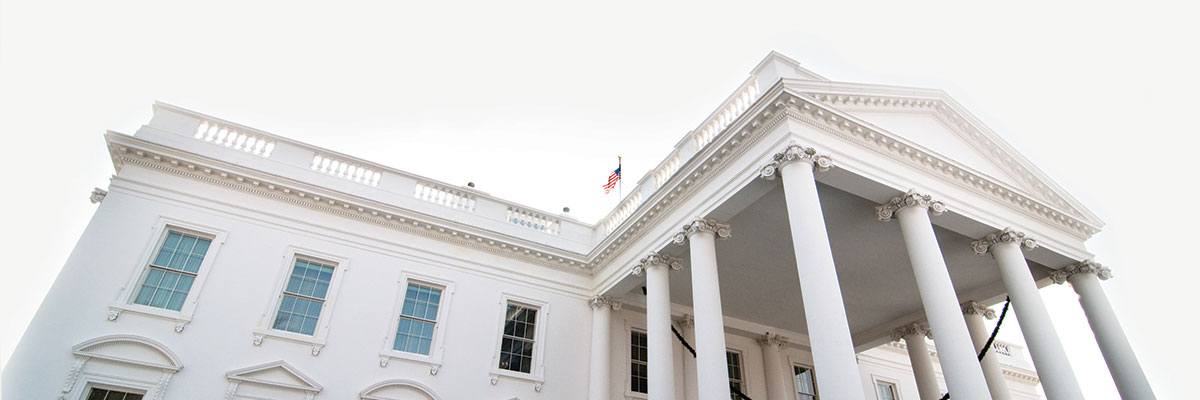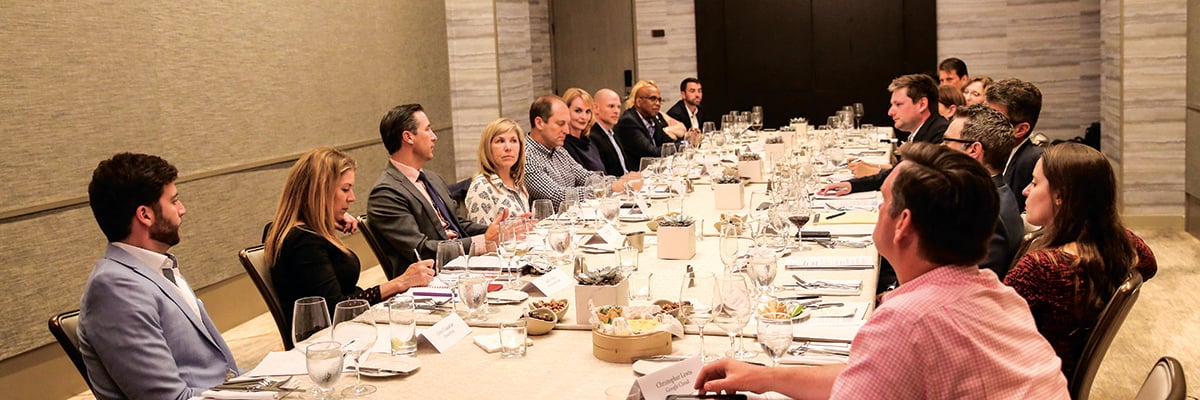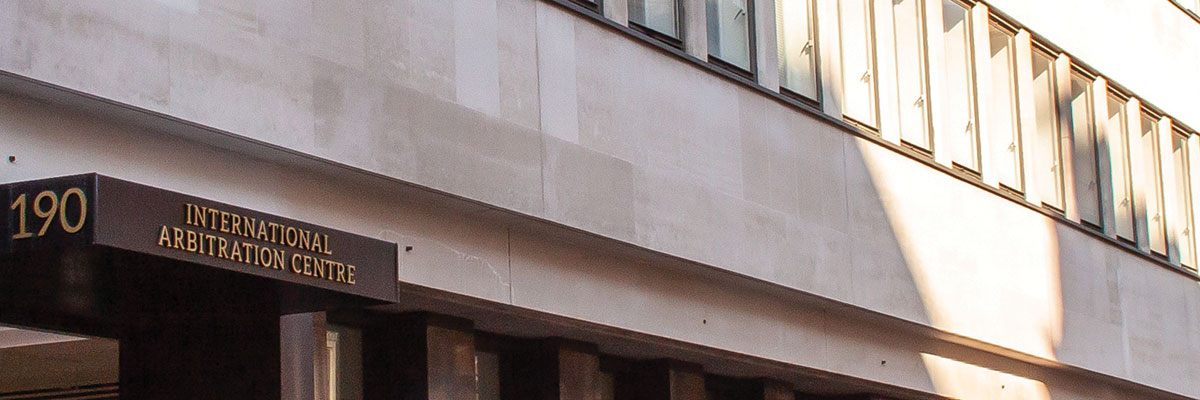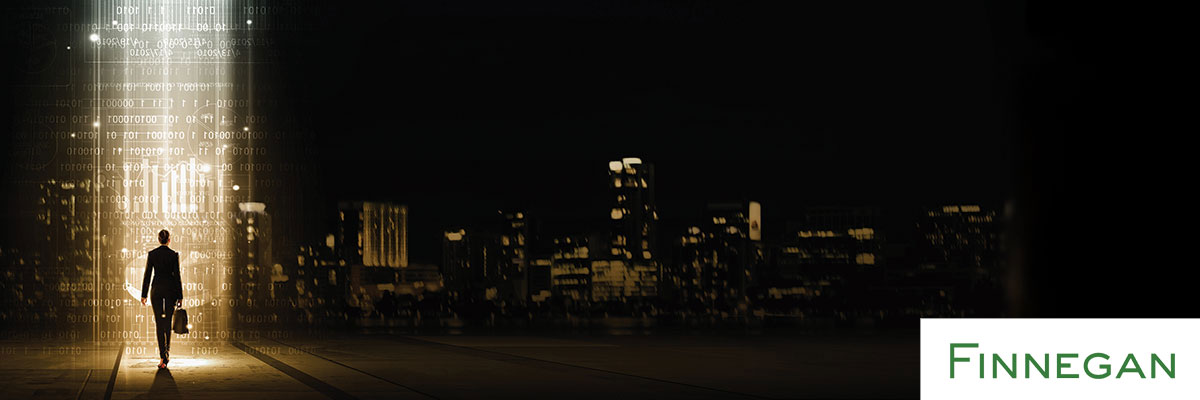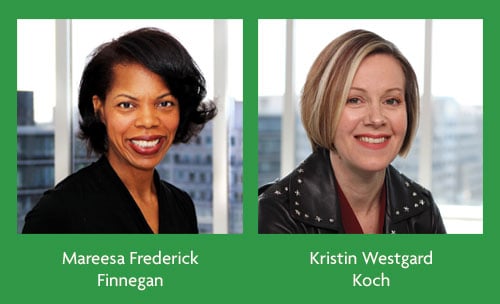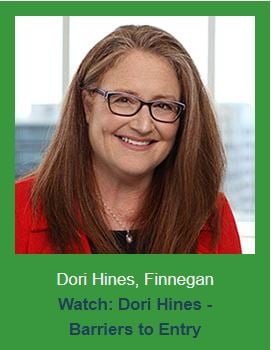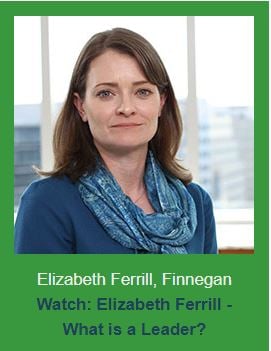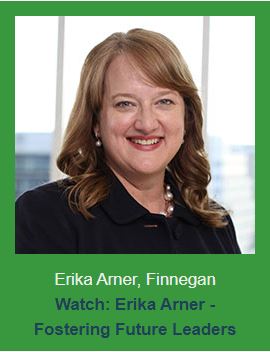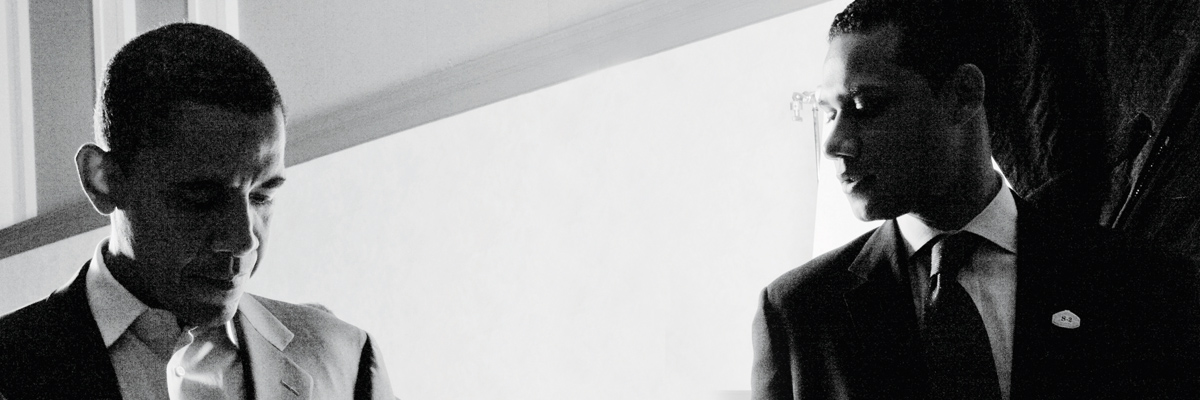There can be few legal roles in the US of as much significance and substance as White House counsel. And when Beth Nolan jettisoned film school for law school, she had no idea that her eventual career, including serving as White House counsel for President Bill Clinton – the first female to ever take on that role – would be almost the stuff films are made of.
But the path to what could be termed the ultimate general counsel role was not an obvious progression for Nolan. Eschewing private practice thanks to an interest in public policy law, she found herself as a junior attorney with the US Department of Justice (DOJ), tasked with working on government ethics.
‘I was really disappointed when I was given that assignment if I’m honest,’ she recalls. ‘The Office of Legal Counsel is known for handling the weightiest questions of executive power and executive privilege and I felt like I was going to be advising whether somebody can accept the free gift of tickets to a tennis tournament.’
But Nolan’s initial reservations turned out to be unfounded, and her burgeoning passion for ethics would go on to shape the course of her career. After four years at the DOJ, Nolan began teaching at George Washington University, where she taught constitutional law, but wrote about government ethics and lawyering.
‘That’s the specialty that was eventually of interest to President Clinton in the White House when I first started as an associate. There were scores of constitutional scholars but there weren’t that many people who really knew government ethics, and so that changed the trajectory of my career and my life,’ she reflects.
APPLIED ETHICS
Of course, at the time, as a recently tenured associate professor at George Washington, Nolan still didn’t know that. After volunteering for the Clinton Presidential Transition team, she was offered a role running the government ethics programme at the White House.
‘My original four years in the Justice Department were during the Reagan administration. There had been eight years of President Reagan, followed by four years of President Bush. So there weren’t that many Democrats who had government experience in government ethics laws, particularly some of those that had come through from the Ethics in Government Act of 1978,’ explains Nolan.
‘I was somebody who was teaching it, writing about it and had prior government experience actually doing it. So I got called to the attention of the people in the White House, went to meet with them and was offered the job.’
Putting academia to the side, Nolan was given a leave of absence to return to government. And although she’d spent the past eight years focused on government ethics – the realities of her new position would set in almost immediately.
‘I think I had a misconception that I would still have time to think about theory. I had this image of myself as being tucked away in some basement of what’s now the Eisenhower Executive Office Building working in my office on difficult issues,’ she says.
‘Instead, it’s a rodeo ride. I remember having to slow down to take a breath. When I look back at it, I remember having to tell myself – as a friend advised me to – “Stop and take a picture in your mind.” I really tried to do that.’
Nolan spent two and a half years doing conflict of interest counselling and vetting non-judicial presidential nominees and appointments, before returning to teaching – anticipating spending the rest of her career in academia. But then the former ‘vetter’ found herself on the other side of the equation.
‘In the spring of 1996, I was asked if I wanted to return to the Justice Department as the nominee for assistant attorney general for the Office of Legal Counsel. Sometime in the start of President Clinton’s second term I was nominated, and I waited a year before I got a confirmation hearing,’ she explains.
‘I had my confirmation hearing, waited a year and still hadn’t had a vote on my confirmation hearing – it was caught up in politics. I of course respected the Senate and their prerogative, so I just waited and waited.’
But in another twist of fate, as one door closed, another door opened for Nolan. In the summer of 1999, she was invited to return to the White House, this time as White House counsel.
FOLLOWING MR SMITH
The White House counsel is the chief legal adviser to the president (in their official capacity) and the White House staff. A non-statutory position, unlike the statutory standing of the attorney general role, the White House counsel is there to advise as the President wishes, meaning that each Presidential incumbent can have a counsel who fulfils different roles, depending on their relationship.
‘But in a well functioning, modern White House, I’d say there are some things that you would expect the White House counsel to always do: to serve as a liaison to the Department of Justice; to coordinate legal issues with other departments and agencies in the executive branch; to help respond to congressional inquiries and investigations; and then to provide advice and counsel to help the White House staff stay fully within legal boundaries as they execute on their policy agenda,’ explains Nolan.
Like any general counsel role, this involves handling multiple constituencies – although, in this instance, those parties are Congress (both the House of Representatives and the Senate) and other executive agencies, all of which have interests that might be incompatible in any particular moment – in a mission-driven environment.
‘The mission of the White House may change a great deal depending on who the President is, but some of the mission has been pretty consistent over time too. Ultimately, it’s to do what is seen as being in the best interests of the American people or the nation.’
And of course, not many general counsel roles involve an interview with the President of the United States!
‘That moment does stick with me, particularly because the meeting was in the main floor of the State Rooms of the White House itself, not in the West Wing,’ Nolan recalls.
‘I think if people had seen me going through the halls of the West Wing to the Oval Office to meet with the President, there might have been speculation. So instead, it was in the White House itself – which is just majestic, and you have such a sense of history.’
That sense of history is significant, not just from the perspective of the long-standing history of the institution itself, but for those who came before Nolan and laid the foundations for her to be selected and assume the role of White House counsel.
‘I came in as a successor to Chuck Ruff, certainly not as his replacement, because no one could ever have replaced him. But I’d had the opportunity to work with him, as well as John Podesta, who was the chief of staff, and with Cheryl Mills and Bruce Lindsey, who were the deputy White House counsels. And, to be frank, if Cheryl Mills hadn’t already decided that she was going to leave government, she would have gotten the White House counsel position and I wouldn’t be talking to you about this at all,’ admits Nolan.
‘Funnily enough too, being nominated as the assistant attorney general for the Office of Legal Counsel and not receiving confirmation actually helped me significantly. Had I been confirmed, then it’s likely that this opportunity would never have arisen for me, but it also meant that, as a result of that process, I had already been thoroughly vetted.’
TAKING THE REINS
Despite coming in after the impeachment proceedings against President Clinton had concluded, Nolan entered into a highly charged political atmosphere, replete with investigations alongside the day-to-day role, itself stuffed with with plenty of variety to keep her busy.
‘I remember one day where there was an urgent national security matter that we had to attend to, followed by another urgent call about the implementation of the Easter Egg Roll! Sometimes it really was just like that,’ she says.
‘What I learned was that you have to really love and embrace every kind of real issue and question that arises during your role. I was very fortunate, as I had a really great staff of lawyers who did that – it wasn’t always just down to me or my personal obligation.’
The day-to-day workload also encompassed matters of executive privilege, questions about political activity, nominations and appointments, conflicts of interest, congressional investigations, independent counsel investigations, as well as the everyday business of running a government agency. But despite the absorbing nature of the role, Nolan retained a fangirl’s appreciation of government fostered by her days as a student – and teacher – of its apparatus.
‘I had the privilege of being there at the start of the administration and then at the very end – albeit in different roles. But the machinery of government transition never failed to awe me – that at 12 noon one person is President, and at 12:01 another one is, and almost the entire White House staff changes in that minute. To someone who loves and taught constitutional law and focused on government issues in my research, there was really no better opportunity to be a witness to the way our government works than those moments of transition,’ she says.
‘[At the end of an administration] you don’t leave things. It’s not like at the Justice Department, where one administration leaves and another comes in but there’s a vast group of civil servants who continue on – there, it’s only the top layer that changes and all the documents and records and files remain. In the White House, everything goes. It’s not tossed – it goes to the National Archives and then, in many cases, to the Presidential Libraries. But it’s not in the White House – you come into empty filing cabinets and computers that have nothing on them, and a staff who largely have no idea what they’re doing.’
That means that each new administration and its staff – and subsequently its counsel – have the opportunity to shape their own role and agenda, though, in large part, the role of the White House counsel in particular will, by its very nature, be one that is as reactionary as it is prescribed.
‘I think, in the 2000s, national security matters have played a much more prominent role. I certainly had to handle my share of national security matters, but that focus on terrorism in the 21st century, I think has certainly changed the White House counsel’s job,’ says Nolan.
‘During my time in the White House, we were dealing with multiple congressional investigations. This White House is just starting to face that now, whereas in the first two years they didn’t really have to deal with that at all. That’s going to shift the role for the current White House counsel. But, in large part, I think in any general counsel position there’s certain bread and butter things you have to do. Sometimes it’s going to be more bread and butter, other times it’s a lot more cake and jam!’
I BEG YOUR…
Another potentially significant aspect of the White House counsel role – albeit one that could potentially be handled differently by every White House – is the thorny issue (even to this day) of the presidential pardon. The US Constitution allows for the President to issue pardons, or official forgiveness, to felons convicted of a federal offence. President Clinton issued a large number of pardons on his last day in office, sparking controversy.
‘We certainly handled pardons at the end of the administration in a way that was different from the way they’d been handled before, because the President really wanted to be sure that he was able to exercise his pardon power, and the rate of pardon recommendations coming out of the Justice Department was very slow. Although we tried to get people alerted that we wanted a faster process early on, things just didn’t proceed that way. We ended up in the White House reviewing some pardon applications directly, still working as closely as we could with the Justice Department,’ Nolan explains.
‘We would review their recommendations, in some cases we disagreed with their recommendations, and we’d advise the President that in some cases we agreed. We’d give the President – and also the chief of staff was involved in some of these as well – our best advice about whether or not to grant a pardon. But ultimately, it’s the President’s power – I read my copy of the Constitution and I didn’t actually see the counsel to the President being given any authority in this.’
One pardon in particular that stoked the flames of controversy, causing a federal prosecutor to be appointed to investigate its legality, was Clinton’s pardon of Marc Rich. A financier and commodities trader indicted on charges of tax evasion and trading with Iran while the country was under embargo, Rich had fled the US.
‘I did testify about that after I left the White House – the President waived any privilege with respect to that pardon. I testified at the time that I did not recommend that you grant that pardon. I didn’t see anything improper about him granting the pardon, I just, as a matter of policy, didn’t think it was a good exercise of the authority. But, as I said, I had no doubt about the question of policy on who got to make that decision,’ says Nolan.
‘Congress and the US attorney all were interested enough to investigate the exercise of the pardon power – so it wasn’t treated as a hands-off issue completely. In fact, my very first day as counsel to the President, I was delivered a subpoena from Congress to testify about pardons that the President had granted before I even became counsel. So Congress has, in other times, not been shy about investigating or reviewing the exercise of the pardon power. I never felt tested as I didn’t see anything improper. I think that the President likely has the authority – Congress can complain about it – but it will be interesting to see if there are other limitations that get explored over time.’
WHITE HOUSE TO IN-HOUSE
After leaving the White House at the change of the administration, when President Clinton handed over the proverbial keys to President Bush, Nolan chose to tread a different path. Following a career spent working within the government apparatus, she pursued a brief tenure in private practice.
‘When I left the White House, I thought to myself that I really liked being a general counsel and knew that this type of role was a strong fit for me. But I also realised that while I’d had government jobs and academic jobs, I didn’t have any experience on the private side,’ says Nolan.
‘That’s why I chose to go into private practice, so I could get that exposure to a broad range of clients and legal issues, but perhaps most importantly, I needed to get some experience on the business side.’
Nolan would join Crowell & Moring as a partner, where she spent five years working in the firm’s white-collar and securities litigation practice – a period she credits with instilling the requisite broad-based knowledge to successfully assume a commercial in-house role.
‘Gaining that experience was really valuable for me, but I felt a strong desire to be a part of a team, not just an adviser to a team, but a member of the team with ownership of the matters on which I worked,’ she explains.
‘I also wanted a job where I felt aligned with the mission, so when the opportunity to return to George Washington University as general counsel arose, I knew it was one that resonated with me. I’d been a law professor there ten years earlier and it really hit the objectives that I was looking for. I think having served as a faculty member who had been through the tenure process only enhanced my ability and service as the general counsel.’
The opportunity to come back and serve as the chief legal adviser to the university that served as the springboard for her professional life ties the career of Nolan together with a bow that is almost too perfect – perhaps the final stop in a career which has truly come full circle.
A MOMENT OF REFLECTION
Looking back, Nolan exudes a sense of pride in being the first woman to serve as White House counsel, and in having played a role in felling a professional barrier for women. Since her appointment, two more women – Harriet Miers and Kathryn Ruemmier – have served.
‘But I think the feeling I had in the moment was mostly very personal. It was a mix of pride and excitement and sober awareness of the responsibility,’ she says.
‘And then I look forward, and what I look forward to is the day where there are no more firsts, and it’s not remarkable that a woman is appointed. I think we keep moving along that path. We’re not there yet, and I had that opportunity to be a first, but I’d love it if there were no more firsts.’
Now with the benefit of experience on her side, reflecting on a life in law which has spanned the pinnacles of government, academic, private practice and in-house functions, Nolan says that there’s no secret solution for success – but did offer some sage advice for the next generation:
‘I can only say what worked for me, and the important thing to consider is that what works for one person may not work for another. What worked for me is that I followed what interested me, I tried to know myself well enough to know exactly what that is,’ she says.
‘To add to that, I think one of the really important things is to figure out how you can be yourself at your job and, if that isn’t working, you have to focus on what needs to change. I’d say sometimes that’s the job, sometimes that’s you and sometimes that’s a combination. But use disappointment as a tool to learn and grow and, perhaps most importantly, don’t forget to enjoy the ride.’
